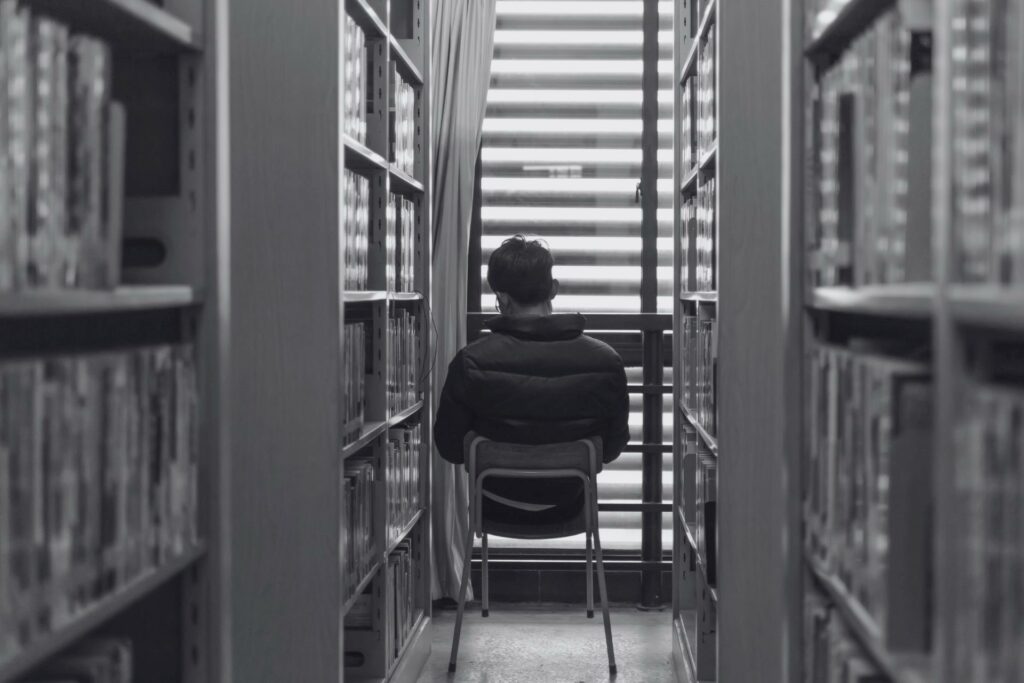Videos, online games, and other forms of digital entertainment are at our fingertips. It’s good for people who are just looking for ways to pass the time. But for students, easy access to entertainment can become a distraction. They may choose to watch their favorite show on Netflix or play Call of Duty instead of doing their homework.
Instead of providing accessible entertainment, teachers can use it to keep students motivated to learn. Specifically, educators can use documentaries in homework. It offers many benefits, like building empathy.
Unfortunately, not every student has the time or resources to watch documentaries. Fortunately, in an instance when I cannot watch a documentary, I can pay someone to do my homework or assignment instead. Some people are doing HW for money; you just have to find someone reliable and skilled.
Now, let’s get back to discussing the use of documentaries in education.
What Is a Documentary?
A documentary is a non-fictional film that tells a fact-based story. The purpose is to inform, educate, or raise consciousness. The film speaks about events and situations involving real people. It includes “actuality” footage, such as live recordings of events, statistics, and interviews.
The Benefits of Watching Documentaries
Young people entering middle school and college today have grown up in a multimedia environment. They learn more deeply and retain knowledge longer from visual media than spoken words. And instead of reading books, the majority learn new information from streaming platforms. They also use digital devices in class. Over 90% of college students say laptops are crucial to their coursework.
To meet the needs of today’s students, educators must use resources other than textbooks, like documentaries. Letting students watch documentaries as their homework can offer many benefits, such as:
- Improve students’ interest. Interest is a crucial factor in learning. Generally, many students respond better to watching films than reading books. So, using documentaries is likely to encourage them to work on their homework.
- Build emotional and social awareness. A documentary is a powerful vehicle that can transport viewers to foreign lands and expose them to other cultures. With documentaries, students will likely see and feel what it is like for people living in other countries. The stories can also open their eyes to social issues around the globe.
- Encourage critical thinking. Permit students to jot down their thoughts after viewing a documentary. This assignment will allow them to explore and analyze the topic of the documentary. They will have to think critically. But if you, as a student, struggle with writing, you can hire someone or pay people to do your homework. Just choose a reliable company or individual, and you’ll learn about the impact of writing services.
- Offer an immersive learning experience. Documentaries bring a subject to life. It offers viewers an immersive learning experience. With its help, we can bridge the gap between classroom theory and practical experience.

Drawbacks to Watch Out For
Using documentaries in homework is a great way to balance entertainment and education. However, this teaching method also comes with a few drawbacks, such as:
- The possibility of bias and subjectivity. Documentaries are still a form of media and can be subjective interpretations. That’s why educators should choose documentaries carefully. They should critically evaluate the content’s objectivity, accuracy, and reliability.
- Insufficient engagement. When watching documentaries, interaction is less between students. To make up for this, teachers can incorporate additional activities. They can let students share their thoughts about the film when they get back in class.
- Content lacking depth and complexity. Short documentaries often simplify complex subjects. It can cause the students to miss other essential information, which is why films and videos should not substitute for academic books.
5 Ways to Incorporate Documentaries into the Learning Process
Educators who consider using documentaries in their class can use the following tips to get started:
1. Giving Out Reflective Writing Assignments
Ask students to write a reflection after viewing a documentary. For example, an English teacher can ask students to assess and write about the character development or themes of the documentary. Meanwhile, a History teacher can ask learners to examine how the issues presented in the film relate to a student’s life.
2. Introducing a New Topic
Teachers can find a documentary relevant to their class’ next topic and have students watch the film at home. Documentaries can give learners an overview of their topic’s key points and even spark their interest.
3. Establishing Links Between Subjects
Some documentaries cover interdisciplinary topics. For example, a climate change documentary covers science, social studies, and geography. It’s excellent teaching material to promote a holistic understanding of an issue or a theme.
4. Research Opportunities
Students who need to write a paper can watch relevant documentaries. This type of film presents a variety of perspectives. It can be a good starting point for assignments or research projects. Students may find a specific aspect that interests them in the film and dive deeper into the subject.
5. Film Analysis
Documentaries can also be a powerful tool in teaching art. Learners can analyze documentary filmmaking techniques, including cinematography, storytelling, and editing. Educators can ask students to demonstrate their learning by creating a short video project.

Tips for Choosing Documentaries
It’s easier than ever to access and watch documentaries. But like other films, not all documentaries are effective and good for learning. Therefore, it is necessary to be careful when choosing documentaries for students to watch. You need to pick a documentary that students can enjoy and learn something new. Various resources are available online that could help teachers find a good documentary. It includes documentary lists, documentary rankings, and documentary reviews.
Teachers planning to show and stream documentaries in the classroom should consider a few more factors. First, it is important to check policies about using video content for learning. It’s also vital to be aware of the terms and conditions of using streaming services that are not meant for school use.
In addition, educators should be aware of data privacy when using digital tools in the classroom. Most streaming video services, specifically consumer-focused services, collect data from users. If you ask students to access something on their device, you have to be sure their privacy isn’t at risk.
Finding the Balance
As a non-fictional film, documentaries give factual information that viewers can learn from. As a form of media, documentaries can catch the attention of learners who grew up with easy access to entertainment. It offers a perfect balance of education and entertainment. But ultimately, it should still not substitute academic books that discuss topics in depth.
Sources:
Device access, ownership, and importance. (n.d.). EDUCABLE. https://www.educause.edu/ecar/research-publications/ecar-study-of-community-college-students-and-information-technology/2019/device-access-ownership-and-importance
Engle, J. (2022, August 1). 8 ways to teach with short documentary films from The Times. The New York Times. https://www.nytimes.com/2022/04/27/learning/lesson-plans/8-ways-to-teach-with-short-documentary-films.html
Icebreaker: What makes a film a documentary? | American Documentary. (n.d.). https://www.amdoc.org/engage/resources/honest-truths-ethics-documentary-film/icebreaker-what-makes-film-documentary/



